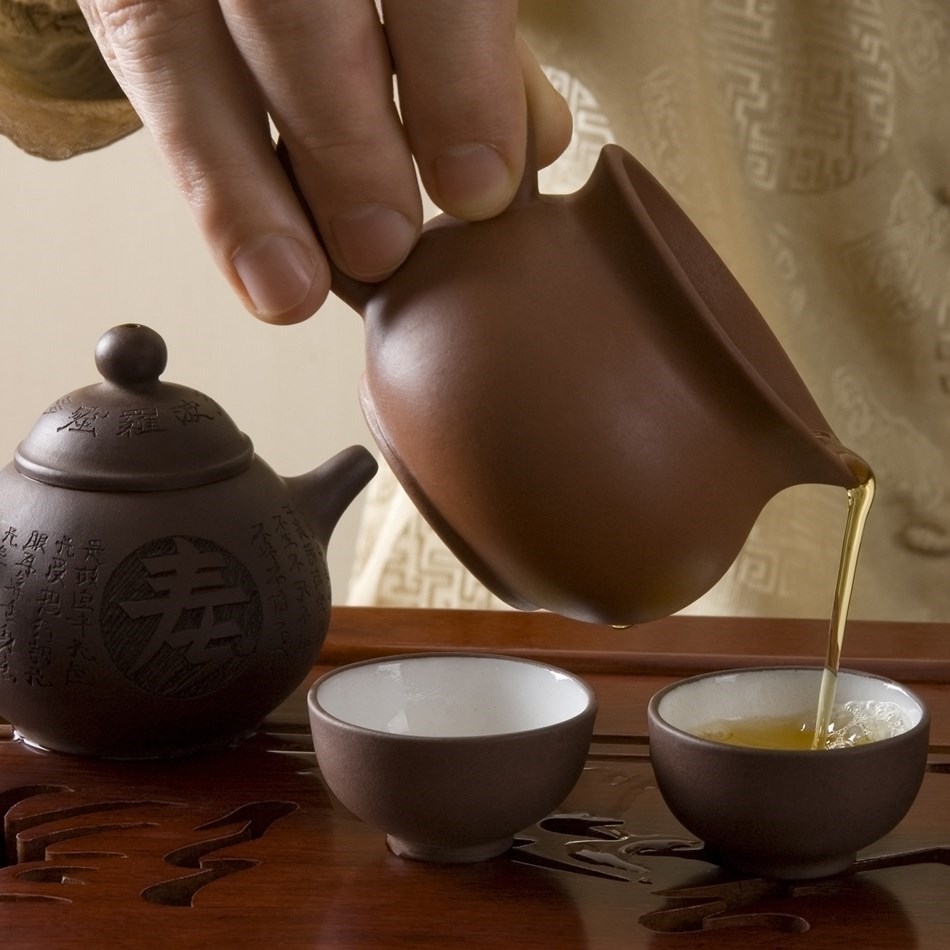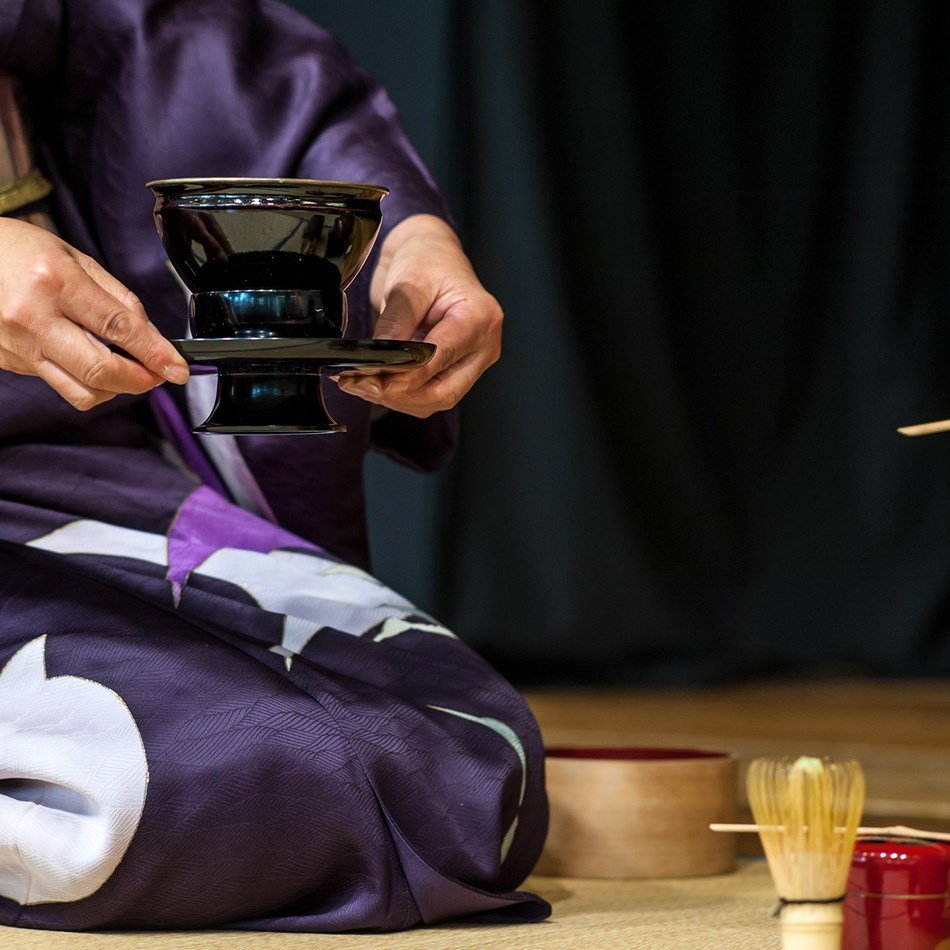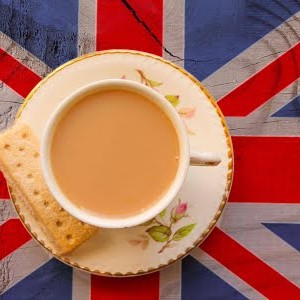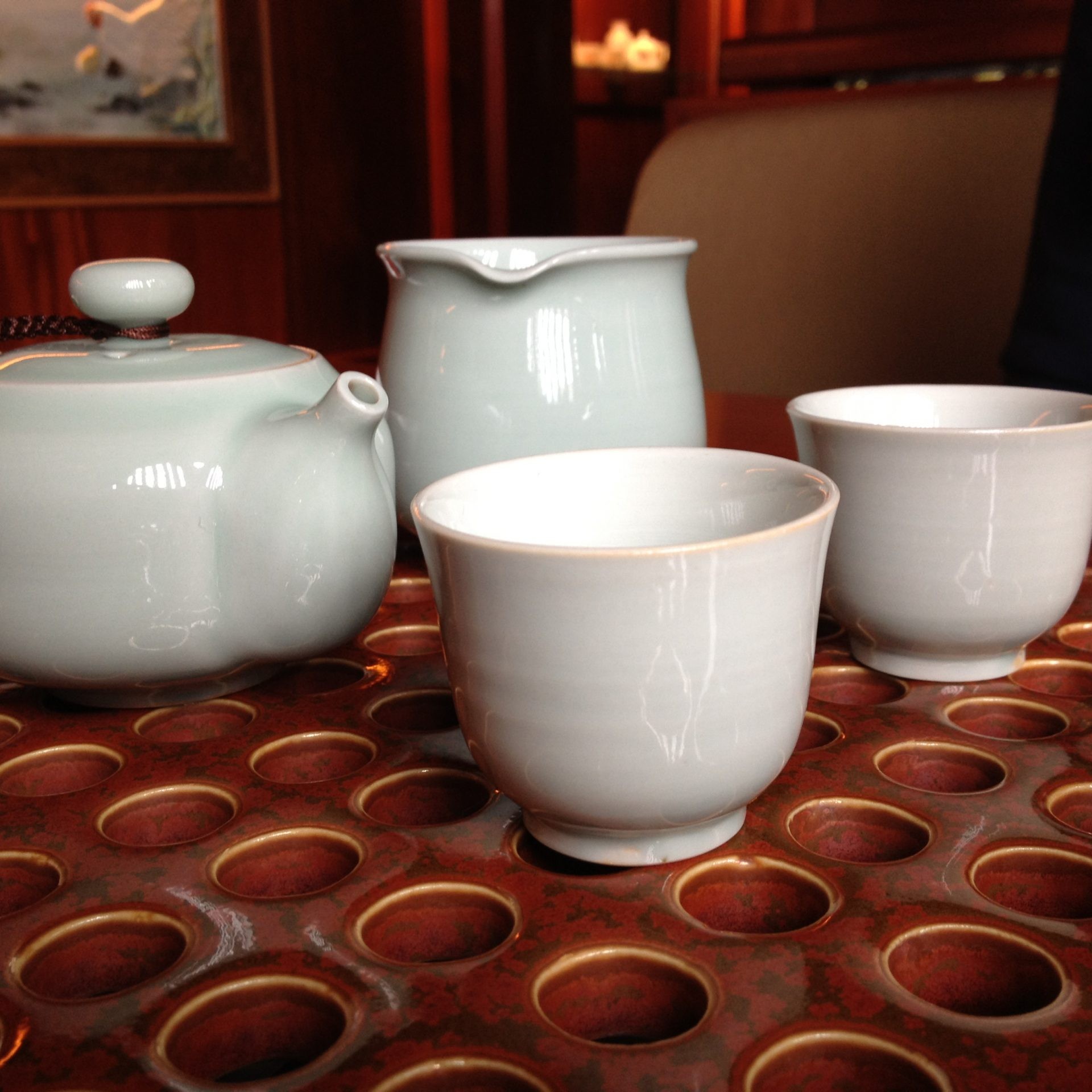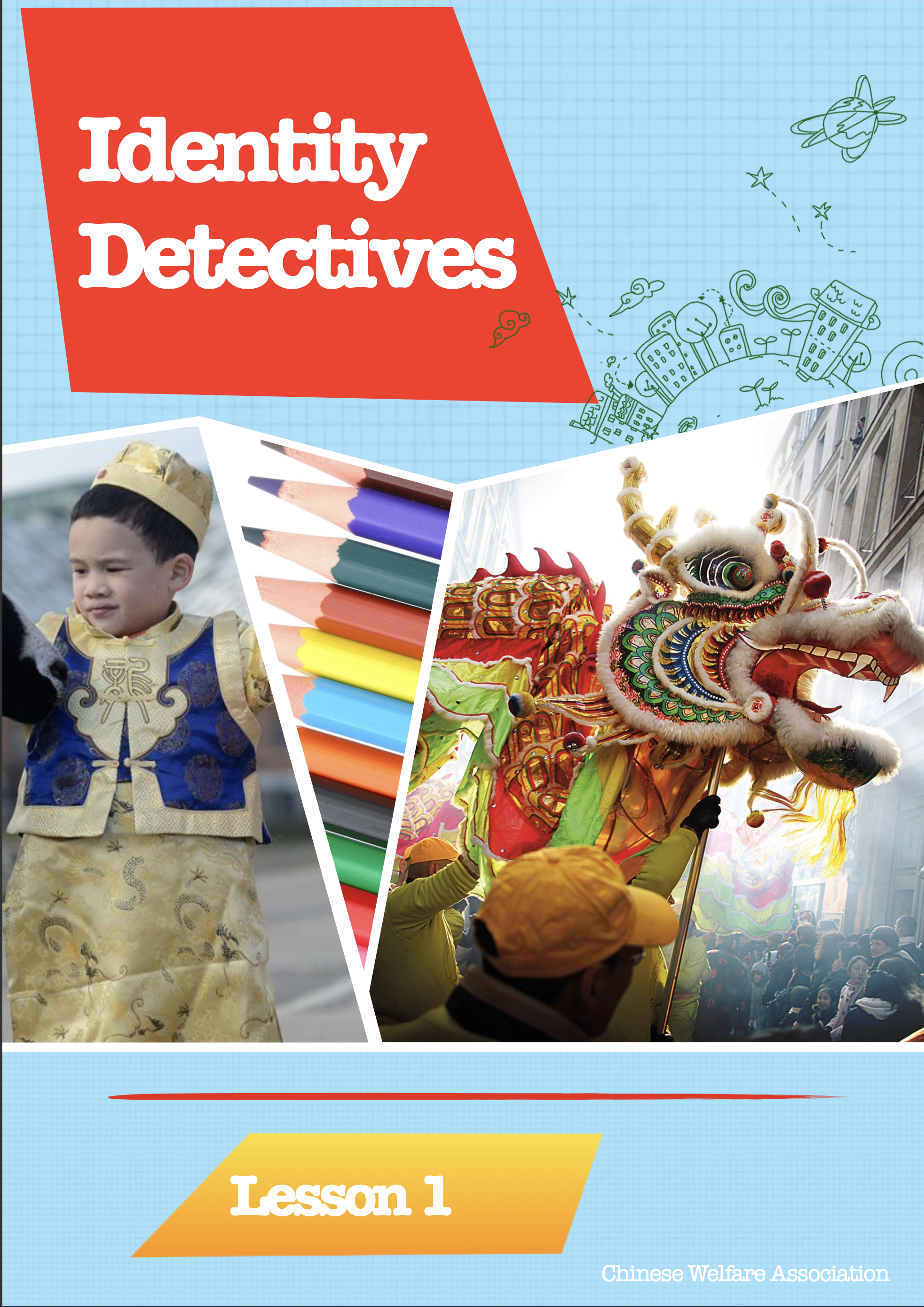The Tale of Tea
Tied by Tea
The story of the world’s favourite drink begins in the mountains of China 5000 years ago. Since then it has spread through trade, and conquest becoming an expensive commodity that prompted international espionage and lead to wars before becoming a symbol of peace and an international shared social tradition which evokes feeling of warmth and welcome wherever we are in the world. It is a wonderful gift China has given to the world and its tale is surprising and gripping.
Native to the mountainous region of Yunnan in Southwestern China, the Camellia sinensis tea bush has more than a thousand sub-varieties, each producing a distinct flavour. It was first enjoyed as early as 2,000 BC, becoming renowned for its health benefits and calming properties, and is now cultivated in all corners of the world.
Join us as we discover the history and traditions of tea drinking in some of the countries where it is most popular. Follow us as we trace tea and its journey through language and finally learn more about how it have become part of the cultural heritage of so many countries and communities across the globe.
We will learn about how we once fought over the drink which now unites us, and find out just what the history and heritage of the humble cup of tea really is.
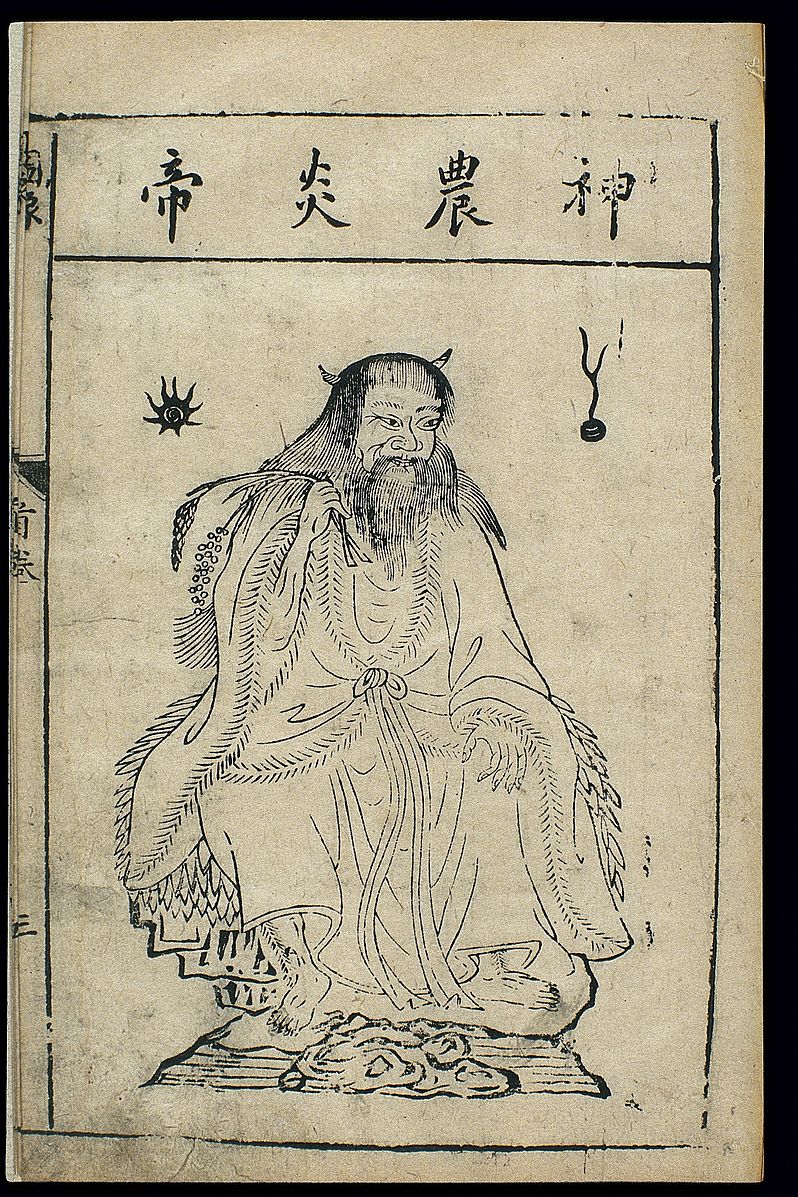
Chinese Tea Traditions
The art of drinking and serving tea is an important and special event in China. It is a time to relax and enjoy the taste and the smell of the tea.
The Chinese tea ceremony is all about the tea. The smells and taste are the most important parts of the ceremony, so the rules for making and pouring the tea are not always the same.
In most areas of China the tea is made in small clay teapots. The pot is rinsed with boiling water and then the tea leaves are added to the pot using chopsticks or a bamboo scoop. The tea leaves are rinsed in hot water in the pot and then hot water is added to the leaves to make the tea.
The temperature of the water is important. It needs to be hot but if it is too hot it can spoil the taste. The art of preparing and making tea is called Cha Dao.
In less than a minute, the server pours the tea into small narrow cups but he doesn’t pour one cup at a time. Instead the cups are arranged in a circle and the server pours the tea in all of them in one go.
He fills the cups just over half way. The Chinese believe that the rest of the cup is filled with friendship and affection.
The server passes a cup to each guest and invites him or her to smell the tea first. You should thank him by tapping on the table three times with your finger. Next each guest pours their tea into a drinking cup and they are asked to smell the empty narrow cup. Finally they drink the tea.
It is most polite to empty the cup in three swallows.
When you drink tea in a teahouse or restaurant is it called Yum Cha, yum is to drink and cha is tea.
The origins of tea as a drink are lost in the mists of time, but it has played a part in the human story for over five thousand years.
According to Chinese legend, it was Emperor Shen Nong who first discovered tea some 5,000 years ago. According to the legend, tea was first discovered by the Chinese emperor who was also a famous herbalist, in 2737 BCE. It is said that the emperor liked his drinking water boiled before he drank it so it would be clean. One day, on a trip to a distant region, he and his army stopped to rest. A servant began boiling water for him to drink, and a dead leaf from the wild tea bush fell into the water. It turned a brownish color, but it was unnoticed and presented to the emperor anyway. The emperor drank it and found it very refreshing, and cha (tea) came into being.
However, tea was likely utilised as a medicinal remedy long below this, mixed with various herbs to produce a healing concoction. The influence of religion and the unification of China managed to popularise tea around the country, first among the upper class and then among the masses, with the advent of tea houses occurring during the Ming Dynasty.
With each changing dynasty, the preparation and use of tea evolved, from solid cakes of compressed tea to loose-leaf beverages. Today, tea in China is an integral part of everyday life; the most popular type of tea is green, followed by oolong and pu-erh (fermented tea). Black tea was never very popular among the people of China, having been reserved only for foreign export in the past. The practice of serving tea is ritualised in the gong fu tea service, a tradition that has continued to thrive in modern times.
[3d-flip-book id=”84587″ ][/3d-flip-book]
Tied By Tea
Our Tied By Tea Booklet is the perfect introduction to Tea, and how it not only features in Chinese Culture and as part of our heritage but has become a part of everyday life in so many countries across the globe. Why not download it and enjoy reading it over a cup of tea – however you like it. For our heritage detectives or other learners visiting the Virtual Gallery as part pdf their journey of discover, you might just find some of the answers and clues you have been looking for.
Lesson Plans
Teacher Resources - Lesson Plans
Each Lesson is supported by a Lesson Plan or Outline. It gives a structure to the lesson and background information needed to teach it. The learning Outcomes are stated and the lesson follows a series of common steps to achieve these.
The Activities and Discussion Points are outlined and any instructions included. We have sought to ensure that activities can be completed in a classroom our home schooling environment. Our lesson plans equally are designed to be used by professional teachers and all those parents who during COVID realised just how hard teaching was!
Therefore the materials are aimed at as broad a range or ages and abilities both in terms of children and also those teaching them. They are a guide so feel free to explore the virtual spaces and other materials which accompany them and add your own style and approach.
The Teacher Toolkit for this Programme has some additional material around the learning outcomes and curriculum, but we have broken it down into individual lessons.
Teacher Resources - Introduction Videos
Each Lesson is supported by a Lesson Plan or Outline. It gives a structure to the lesson and background information needed to teach it. The learning Outcomes are stated and the lesson follows a series of common steps to achieve these.
The Activities and Discussion Points are outlined and any instructions included. We have sought to ensure that activities can be completed in a classroom our home schooling environment. Our lesson plans equally are designed to be used by professional teachers and all those parents who during COVID realised just how hard teaching was!
Therefore the materials are aimed at as broad a range or ages and abilities both in terms of children and also those teaching them. They are a guide so feel free to explore the virtual spaces and other materials which accompany them and add your own style and approach.
The Teacher Toolkit for this Programme has some additional material around the learning outcomes and curriculum, but we have broken it down into individual lessons.
Introductory video to lesson 1
Introductory video to lesson 2
Introductory video to lesson 3
Introductory video to lesson 4
[3d-flip-book id=”84436″ ][/3d-flip-book]
Teacher Resources
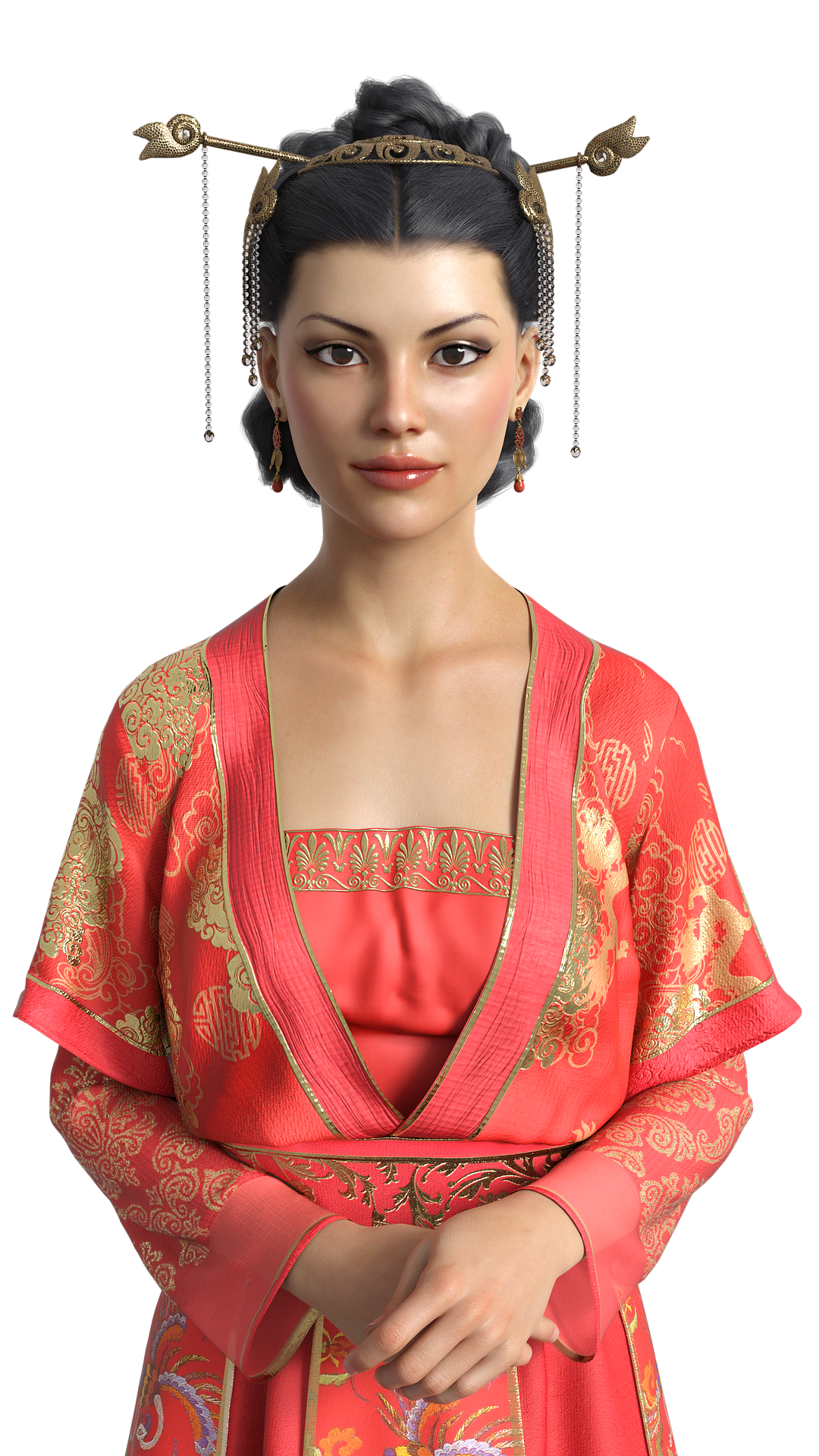
Teacher Resources
Helping you use our Virtual, web-based and paper resources to give the best learning experience for children of all ages and abilities. Explore the key features of this unique teaching aid in the following resource pack, consisting of units specially designed for Key Stage 1 & 2. Richly illustrated and complete with, suggested lesson plans, discussion points and options for further reading, they each provide a self-contained learning unit, and a fantastic opportunity to teach children about a range of topics from identify, culture, heritage to the world around them.
Introduction
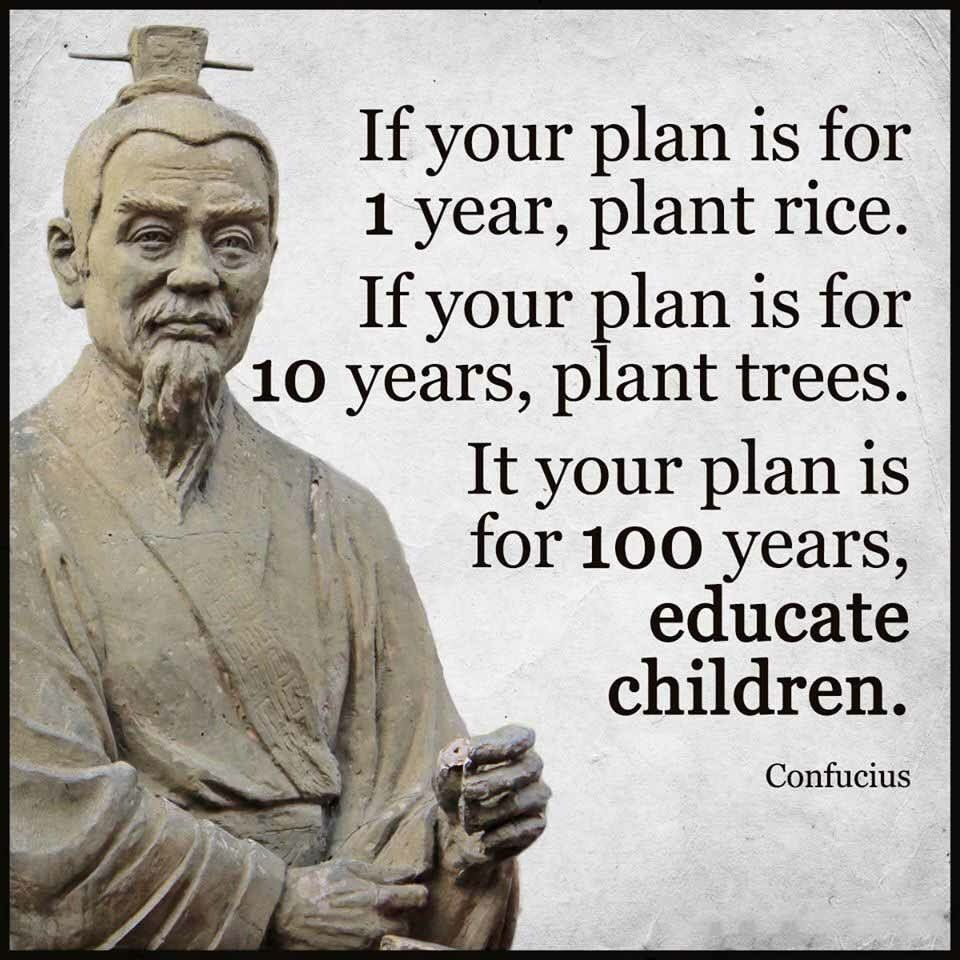
We have invested in education since we began as an organisation. Indeed the Chinese Community as a whole values education and the potential it can unlock and results it can produce.
It has always been central to Chinese teaching and wisdom that education is an investment in the future and children are precious.
It is in that light which we work and hope you will join us on our journey of discovery where we believe we will learn as much as the children.
[3d-flip-book mode=”fullscreen” id=”84565″][/3d-flip-book]
Chinese Welfare Association NI
Championing Chinese Culture and Wider Cultural Competency
The Chinese community is one of the largest and oldest ethnic minority communities in Northern Ireland, beginning with the first individuals and some families arriving in the 1960s. Most of these Chinese were economic migrants from rural Hong Kong who came to set up work in the restaurant industry.
The Northern Ireland-Chinese community is now into its fourth generation. In 1986, in recognition of the need for the Chinese community to have better access to services and to create a bridge between the community and government departments and statutory bodies, the Chinese Chamber of Commerce (CCC) set up the Chinese Welfare Association NI (CWA). Over the past 32 years, CWA has excelled in its efforts to support the Chinese community and has grown to become, as it motto states, ‘the voice and ears of the community’.
CWA has also helped to improve relations between the local Chinese and the indigenous communities in Northern Ireland. In doing so, it has assisted many Chinese people to become active citizens and integral members of the wider community in Northern Ireland.
In 2011, the formal launch of the Chinese Resource Centre, managed by Chinese Welfare Association, was a great achievement for the Chinese community. Significantly, CWA works with other organisations that represent and work with minority ethnic groups and immigrants to share experience and information.
Investing in Education
Using Heritage to Explore Identity, Inclusion and Diversity
CWA has become more than just an organisation representing the Chinese community in Northern Ireland and has developed a strong relationship with a large number of Black Minority and Ethnic (BME) community groups, notably through providing resource space and health and mental health services to these groups.
As the oldest ethnic minority community CWA feels a responsibility to provide support and leadership to others and our work with our own heritage and its interpretation provides many good lessons for other communities. We see this as the foundation for a range of education and interpretative experiences which not only help others access our heritage and culture but to start studying and sharing their own.
The Classroom+ Research and Report provide a framework for this education to be developed and our Community Heritage based pilot programme looking at Identity and Heritage provides the first steps on this road. The groups involved in Classroom+ work to support the integration of migrants; challenge racism; promote inclusion and diversity, enhance good relations or work directly with specific ethnic minorities. Many deliver social, cultural and educational programmes to schools, youth groups and at special community events.
[3d-flip-book mode=”fullscreen” id=”84436″][/3d-flip-book]
Lesson Outlines
Each Lesson is free standing and can be used in a number of learning pathways. They are developed in pairs with an Introducing lesson and an Understanding lesson. One follow from the other or they can be used separately for different age groups. The Pilot Programme aims to look at how Heritage Shapes our Identity. The original concept and working title was “Who Am I?” which has developed into two stand alone Courses Entitled Identity Detectives and Heritage Detectives.
The Pilot does take a broader approach to allow it to be used across Key Stage 1 and 2 with teachers given a degree of flexibility. We will move on with feedback and develop more age specific materials and map them fully to the curriculum. The aims of the pilot are
- to put the Classroom+ Findings and Framework into practice,
- to develop a model for integrating courses with our Virtual Museum and Interpretative space (CHIME)
- and to lay the ground work for a full suite of educational resources
For these reasons we value your feedback and ideas and see this as a journey we are all beginning.
On this Teacher Resource Page we would like to introduce you to the virtual space we will be using to teach and reach children. We call it CHIME – Chinese Heritage Interactive Museum Experience. It aims to bring children virtually from the classroom to our centre, and allow them to explore and learn just as they would in a traditional museum. Think of it as a virtual field trip, all the experience without the anxiety, no travel sickness, lost coats or counting children back onto the bus!
This page will help you navigate the Virtual space and guide your class as they use it to complete activities and find information.
[3d-flip-book mode=”fullscreen” id=”84433″][/3d-flip-book]
Lesson Plans
Each Lesson is supported by a Lesson Plan or Outline. It gives a structure to the lesson and background information needed to teach it. The learning Outcomes are stated and the lesson follows a series of common steps to achieve these.
The Activities and Discussion Points are outlined and any instructions included. We have sought to ensure that activities can be completed in a classroom our home schooling environment. Our lesson plans equally are designed to be used by professional teachers and all those parents who during COVID realised just how hard teaching was!
Therefore the materials are aimed at as broad a range or ages and abilities both in terms of children and also those teaching them. They are a guide so feel free to explore the virtual spaces and other materials which accompany them and add your own style and approach.
The Teacher Toolkit for this Programme has some additional material around the learning outcomes and curriculum, but we have broken it down into individual lessons.
Learning Journals
The Pupil’s Individual Learning Journal can be downloaded here, and emailed to them or printed off. We have also placed copies in our virtual space and one exercise to help them orientate themselves and use the space is to find their learning journal, and access it.
The Journals provide additional guidance with the activities and a place for pupils to record their findings, thoughts and answers. They should be seen as a detectives notebook, or their own work diary and not a piece of work to be submitted or marked.
Linked materials
Both on our website and also in the Virtual Space you will find all the additional information and material needed to complete the activities and to add a layer of meaning and explanation to the lessons. The space itself is the main resource, giving pupils a feels for the real Chinese Resource Centre, as well as a the computer simulated Museum, and Education space.
The gallery will prove visual and written material via hotspots where more information can be delivered. Additional information pages will pop up with downloadable material and information.
[3d-flip-book mode=”fullscreen” id=”84774″][/3d-flip-book]
Investing in the Future
Teacher's Toolkit
Our Resources are easily downloadable and usable in conjunction with our CHIMES Learning Space and and other Online Resources. Each individual Lesson Plan can be downloaded on our Teacher Resources – Lesson Plan page or the entire Teacher Toolkit is available here to download.
It has additional information and guidance and includes all the Lesson Plans needed to deliver the Who Am I? Identity and Heritage Course. Alternatively the Lesson can be used in other learning pathways which explore Identity and Diversity or Chinese Heritage and History. The Introducing and Understanding Lessons provide a good foundation for further work in these areas and on to look at Diversity, Racism and other topics.
Investing in the Future
Compiled Learning Journal
Our Resources are easily downloadable and usable in conjunction with our CHIMES Learning Space and and other Online Resources.
The Learning Journals are found separately on their own page and can be downloaded for pupils or separate pages printed as required. Here all the Journals are brought together into a handy companion for the Teacher Toolkit and can be downloaded to you tablet our used with other class room IT.
[3d-flip-book mode=”fullscreen” id=”84775″][/3d-flip-book]
Lets Teach
A Example Lesson Plan to Get You Started
We have included an example lesson with all the resources you require embedded. It will give an idea of how a lesson would run. Part of the learning experience for pupils is of course exploring our Virtual space and finding the relevant videos, images and information for themselves. They can played from their virtual hotspot, or to make things easier downloaded and viewed on our resource pages, and for written material it can be downloaded or printed directly from the website.
Nothing found.
Survey
Just a few questions
几个小问题
We would really like to hear what you think of our virtual experience.
Please note that this is only the start and is to give you a taste of what is to come.
我们非常期待收到您对我们虚拟体验的反馈。
请注意,这仅仅是初步体验,希望它使您了解我们即将提供的全新互动模式。

